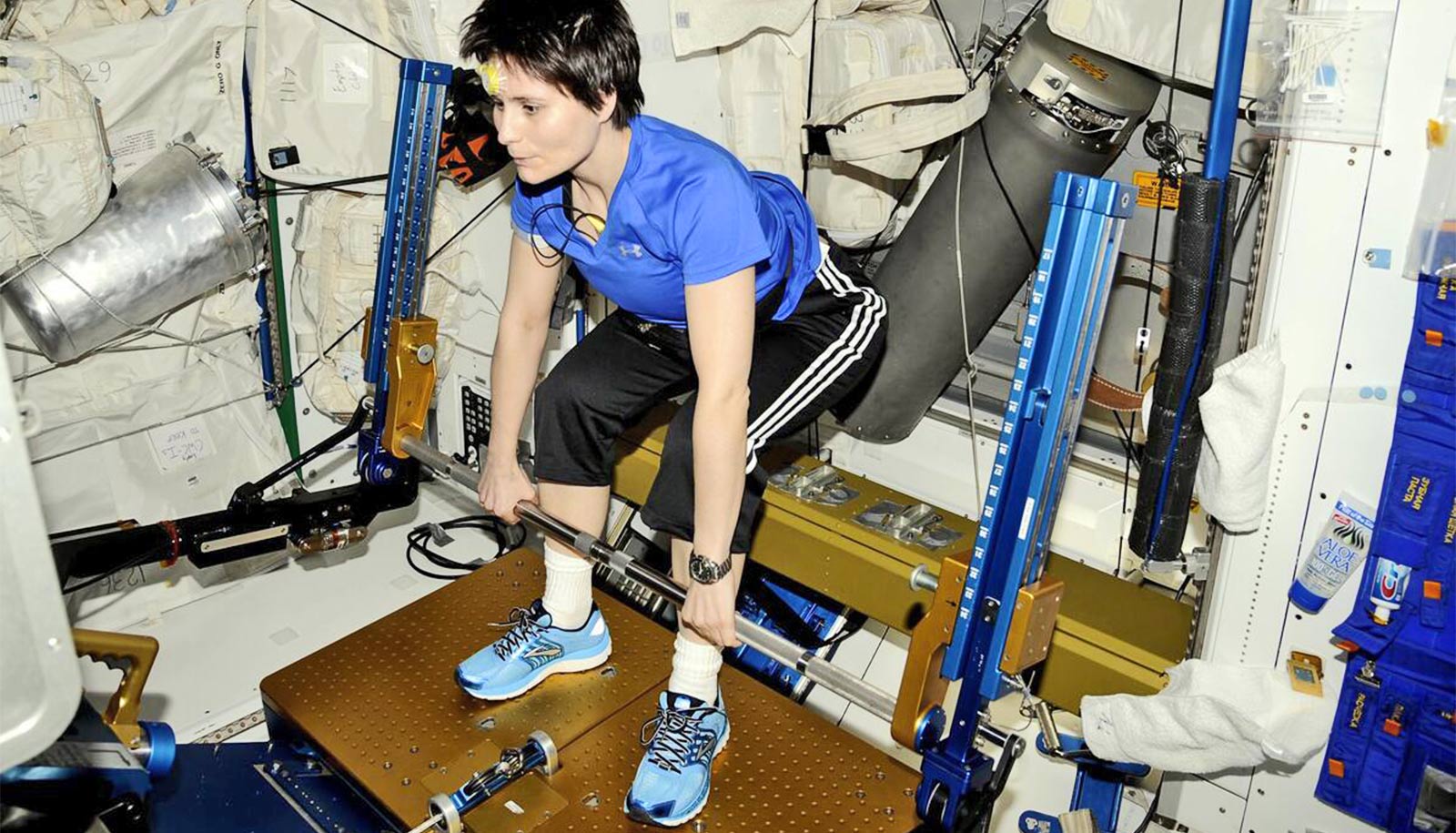Scientists have detected gravitational waves coming from the collision of two neutron stars, and, for the first time, captured their image.
Some 130 million years ago, in a nearby galaxy, two neutron stars collided. The cataclysmic crash produced gravitational waves, ripples in the fabric of spacetime that traveled across the universe.
On August 17, 2017, along with hundreds of other collaborators around the globe, Marcelle Soares-Santos, assistant professor of physics at Brandeis University, finally got to see them.
“This is a whole new window into the universe…”
The finding remained under wraps until today, when the announcement came from the Laser Interferometer Gravitational-Wave Observatory (LIGO) and Virgo, the umbrella organizations overseeing the worldwide search for gravitational waves. Researchers are heralding the discovery as the dawn of a new era of scientific discovery, when analyzing gravitational waves will offer answers to some of the biggest mysteries in cosmology.
In the short term, we will gain new insights into neutron stars, which occur when giant stars 10 to 30 times as big as the sun collapse into objects about the size of the greater Boston metropolitan area. But over a longer period, gravitational waves may explain the universe’s continued expansion and the composition of dark energy, an elusive, mysterious substance that makes up roughly 70 percent of the universe.
“This is a whole new window into the universe,” Soares-Santos says. “This is beyond my wildest dreams.”
Soares-Santos previously worked for more than a decade at the Fermi National Accelerator Laboratory, part of the US Department of Energy. Every winter, she has journeyed to a mountaintop in northern Chile to peer at the stars through the Cerro Tololo Inter-American Observatory’s telescope, one of the most powerful in the world.
A year ago, LIGO scientists also reported they’d discovered gravitational waves, but those were from the merger of two black holes, not neutron stars. The signals for black hole gravitational waves usually last less than a second while those from neutron stars persist for as long as a minute, providing reams more data.
In addition, the black hole research involved recording the vibrations gravitational waves cause as they distort spacetime. (They sound like a series of small thumps.) But this time around, in addition to capturing these vibrations, Soares-Santos and her colleagues in Chile captured the waves’ optical signal. An image yields far more precise information than the sound recordings.
“The optical signal lets us do the equivalent of actually going there and looking at the neutron star merger,” Soares-Santos says.
Here, Soares-Santos talks about her background and the significance of these latest findings:
What can the data you collected from the neutron stars tell us?
Hopefully, over time, we will be able to understand the internal dynamics of neutron stars much better.
One of the things we’ve always wondered is how the heavy elements in the universe were created. We can explain the large amounts of iron, but any element with a higher atomic weight—gold and silver, for example—we don’t know for sure how they were created. You really need a high-energy event for those elements to be produced in the high quantities present in the universe.
What’s it like to work at the observatory?
It’s really fun and exciting to be up there. There’s a control room with several computers, and you can see the raw images of space as they come in. In 2012, when we started and first saw starlight, it was one of the most exciting times in my life.
Besides gravitational waves, you’re also interested in galaxy clusters. What can we learn from those?
Galaxy clusters are the largest structures in the universe, comprising thousands of galaxies, each composed of billions of stars. What’s most exciting to me is the fact that the formation and growth rate of these giant systems is heavily influenced by dark energy. By studying these galaxy clusters, we can learn about dark energy.
How did you get interested in physics?
When I was four years old, we moved to a tiny town in Brazil’s Amazon rainforest called Carajas. My father worked at a big iron ore mine there. Once, we went there on a school trip. All of a sudden, there was a big explosion in the distance. It was so amazing because I could see it, but it took a few seconds before I heard anything. Someone told me that light travels faster than the speed of sound. It was mind-blowing. I knew I wanted to learn more.
Source: Brandeis University



